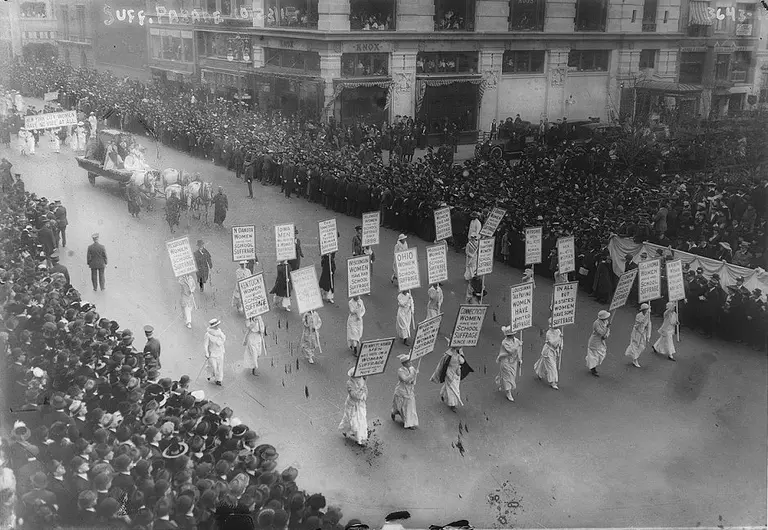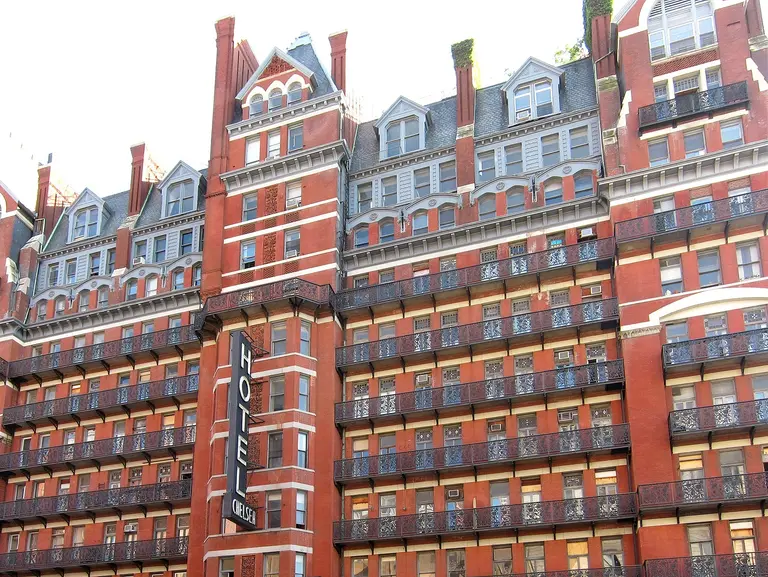19th Century ‘Stench Map’ Explains Why Brooklyn Became the Industrial Borough

Map Showing Location of Odor Producing Industries of New York and Brooklyn, circa 1870 (“Charles F. Chandler Papers,” Columbia University Rare Books and Manuscript Library)
A stench map today would include things like urine, rotting pizza, cigarettes and flavored vapors, and whatever unidentified odor of the day is pouring out of the subway. And while these are clearly unpleasant, at least they can be neutralized with some soap and water or the passing of time. But in the 19th century, the stenches of the city were far more permanent, stemming from the various industrial sites across Manhattan and Brooklyn (the five boroughs weren’t yet consolidated).
CityLab has uncovered an historic map from 1870 that shows the locations of New York’s odor-producing industries, including oil refineries, slaughter houses, fat renderers, and gas works. In the 19th century, it was believed that foul odors carried diseases, so the New York City Metropolitan Board of Health created the map of stenches (then known as “offensive trades”) to pinpoint the areas affected.
Since there was no tangible evidence as to whether or not smells caused disease, health officials at the time would sniff the air to determine where smells were coming from and toward where they were blowing. With stronger regulations placed on Manhattan, many stinky industries ended up Brooklyn. But even still, winds carried Brooklyn’s odors onto Manhattan. By the end of the 19th century, germ theory was far more advanced and it was less accepted that smells caused diseases, but by this time Brooklyn had already become the industrial landscape we know today.
RELATED:
- Pee-Eww! Artist Kate McLean is Creating a ‘Smellmap’ of NYC
- NYC Time Machine Lets Users Navigate Overlaid Maps from 1600 to Present Day
- New Mapping Tool Urban Layers Tracks the Age of Every Building in Manhattan
[Via CityLab]




























